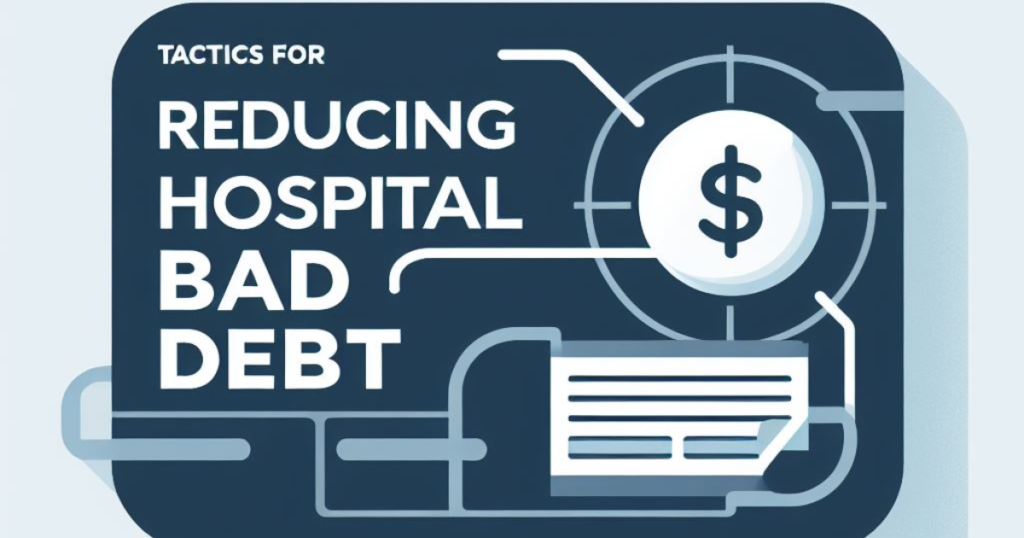
Insurance verification in medical billing is the process of confirming a patient’s insurance coverage and benefits before providing them with medical services. It ensures that healthcare providers receive proper reimbursement from insurance companies for the services rendered.
1. The Purpose of Insurance Verification in Medical Billing
Insurance verification is a crucial step in the medical billing process that ensures healthcare providers receive reimbursement for the services they provide to patients. The main purpose of insurance verification is to confirm a patient’s insurance coverage and determine their eligibility for specific procedures or treatments. By verifying insurance information, healthcare providers can avoid potential denials or delays in payment. During the insurance verification process, essential details are obtained from the patient, such as their insurance policy number, group number, and effective dates. This information is then cross-checked with the insurance company to verify its accuracy and validity. The goal is to ensure that the patient’s insurance policy is active and covers the services being rendered by the healthcare provider. The outcome of insurance verification directly impacts various aspects of medical billing, including claim submission, reimbursement rates, and overall revenue cycle management. By accurately verifying insurance coverage upfront, healthcare providers can minimize financial risks and streamline their billing processes.
2. Information Obtained During the Insurance Verification Process
Why is insurance verification important?
Insurance verification is a crucial step in the healthcare industry to ensure that patients’ medical expenses are covered by their insurance providers. It involves gathering and validating information about a patient’s insurance coverage, such as policy details, coverage limits, deductibles, and co-pays. This process helps healthcare providers determine if a patient’s treatment or procedure will be covered by insurance or if they need to explore alternative payment options.
Types of information collected during insurance verification:
During the insurance verification process, several pieces of information are obtained to accurately assess a patient’s coverage and financial responsibility. These may include: 1. Patient demographics: Basic personal information such as name, date of birth, address, and contact details are collected for identification purposes. 2. Insurance policy details: The insurance provider’s name, policy number, group number (if applicable), and effective dates are recorded to verify the patient’s coverage. 3. Coverage benefits: The specific benefits covered by the insurance plan are assessed, including inpatient/outpatient services, prescription drugs, preventive care, mental health services, maternity coverage, etc. 4. Deductibles and co-pays: The amount the patient is responsible for paying before their insurance coverage kicks in (deductible) and the fixed amount they must pay for each visit or service (co-pay) are determined during this process. 5. Pre-authorization requirements: Certain treatments or procedures may require pre-authorization from the insurance company before they can be performed. This information is gathered to ensure compliance with the insurer’s guidelines. 6. Coordination of benefits (COB): If the patient has multiple insurance policies (e.g., primary and secondary), COB information is collected to determine which policy should be billed first. 7. Claims history: A patient’s claims history provides insights into their past medical expenses, any denied claims, or previous coverage limitations, helping healthcare providers anticipate potential issues. By diligently collecting and verifying this information, healthcare providers can streamline billing processes, reduce claim denials, and ensure accurate reimbursement for services rendered. Effective insurance verification ultimately benefits both patients and healthcare facilities by minimizing financial surprises and ensuring optimal utilization of insurance benefits.
3. Benefits of Verifying Insurance Coverage
Verifying a patient’s insurance coverage before providing medical services is crucial for several reasons. Firstly, it helps healthcare providers ensure that they will be reimbursed for the services rendered. Without proper verification, there is a risk of treating uninsured or out-of-network patients who may not be able to pay for the services received. By confirming insurance coverage upfront, healthcare providers can minimize financial risks and avoid potential losses. Secondly, verifying insurance coverage allows healthcare professionals to determine the extent of coverage and any limitations or restrictions associated with the patient’s plan. This information is essential in developing an appropriate treatment plan and ensuring that necessary procedures or medications are covered by the insurance provider. It also helps prevent misunderstandings between patients and healthcare providers regarding their financial responsibilities.
4. The Role of Insurance Verification Process
The process of verifying a patient’s insurance coverage involves several steps. Initially, the patient’s insurance information is obtained during registration or scheduling an appointment. This information includes the name of the insurance provider, policy number, group number, and contact details for verification purposes. Once this data is collected, it is typically sent to the billing department or a dedicated team responsible for conducting insurance verifications. These professionals then contact the insurance company to confirm the patient’s eligibility, benefits, co-pays, deductibles, and any pre-authorization requirements.
5. Benefits of Insurance Verification
Insurance verification plays a crucial role in ensuring the accuracy of medical billing claims. By verifying insurance coverage before providing healthcare services, healthcare providers can avoid claim denials and payment delays. This process helps identify any potential issues with the patient’s insurance coverage, such as lapsed policies or incorrect information, which can be rectified before submitting the claim. Additionally, insurance verification allows healthcare providers to determine if certain procedures or treatments require pre-authorization from the insurance company, preventing unnecessary claim rejections.
Improved Revenue Cycle Management
Accurate insurance verification significantly contributes to improved revenue cycle management for healthcare facilities. By confirming patients’ insurance coverage and eligibility upfront, medical billing claims are more likely to be accepted by insurers on the first submission. This reduces the need for time-consuming appeals and resubmissions, ultimately accelerating reimbursement turnaround times. Moreover, accurate insurance verification ensures that healthcare providers bill the correct payer for services rendered, avoiding costly errors and potential audits.
List of Benefits:
- Minimizes claim denials and payment delays
- Identifies issues with patient’s insurance coverage
- Determines pre-authorization requirements for certain procedures
- Reduces appeal and resubmission efforts
- Accelerates reimbursement turnaround times
- Avoids billing errors and potential audits
Overall, insurance verification has a significant impact on the accuracy of medical billing claims. It not only improves revenue cycle management but also helps healthcare providers deliver efficient and effective services by ensuring proper reimbursement for their services while minimizing administrative burdens caused by claim denials or payment delays.
6. Importance of Insurance Verification in Medical Billing
Insurance verification is a crucial step in the medical billing process as it ensures that healthcare providers receive proper reimbursement for the services they provide. By verifying insurance coverage and benefits, healthcare facilities can determine the patient’s financial responsibility and avoid any potential issues with claims denials or delayed payments. Additionally, insurance verification helps patients understand their coverage and potential out-of-pocket expenses, enabling them to make informed decisions about their healthcare.
Benefits of Accurate Insurance Verification
Accurate insurance verification offers several benefits to both healthcare providers and patients. Firstly, it helps prevent claim rejections or denials due to incorrect or incomplete information, reducing the need for time-consuming appeals or resubmissions. This ultimately improves cash flow for medical practices and minimizes the risk of revenue loss. Secondly, accurate insurance verification allows patients to have a clear understanding of their coverage limitations, copayments, deductibles, and any pre-authorization requirements, enabling them to plan their finances accordingly. Moreover, precise insurance verification promotes transparency between patients and healthcare providers by ensuring that all parties are aware of the expected costs upfront. This transparency fosters trust and enhances patient satisfaction as they feel more informed about their financial responsibilities before receiving medical services.
7. Advantages of Manual Processes for Insurance Verification
While electronic processes offer numerous benefits, there are still situations where manual methods may be preferred for insurance verification in medical billing.
8. Patient Interaction and Personalization
Manual processes often involve direct communication with patients during the verification process. This provides an opportunity for healthcare providers or their staff to establish a personal connection with patients, addressing any concerns or questions they may have regarding their insurance coverage. Manual verification can also allow for more detailed discussions about financial responsibilities, co-pays, and deductibles, ensuring patients have a clear understanding of their obligations.
In conclusion, insurance verification is a crucial step in the medical billing process that helps healthcare providers confirm a patient’s insurance coverage and eligibility for specific procedures. By accurately verifying insurance information upfront, healthcare providers can streamline their billing processes, reduce claim denials, and improve overall revenue cycle management. Understanding insurance verification is essential for ensuring timely reimbursement and financial stability in medical billing.





